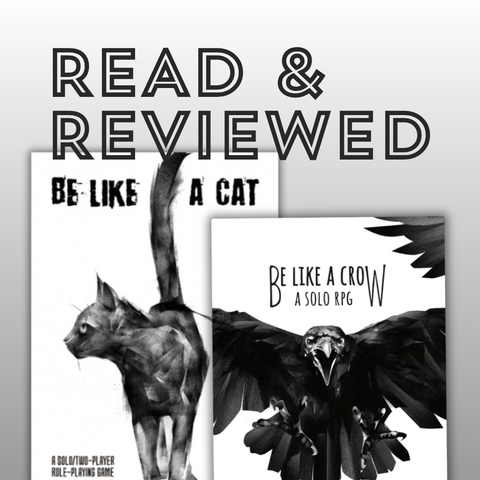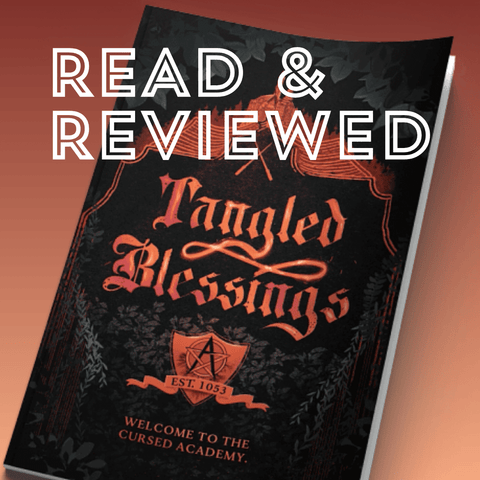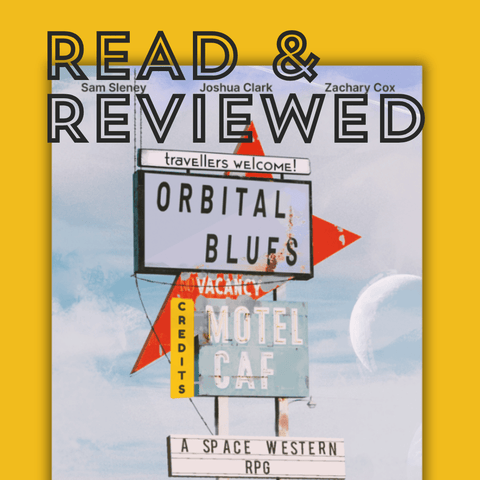By Meghan Ellis
Monty the cat leaves the safety of his warm home, traversing the local rooftops on a quest to find his friend. Beset by territorial foxes, haughty dogs and an unkind shopkeep, this beloved kitty uses his fangs and his prowling skills to succeed. Elsewhere, Edgar the raven hunts for their master’s lost arcane focus in a twisted gothic realm.
Be Like A Crow and its sequel Be Like A Cat are solo RPGs designed by Tim Roberts of Critical Kit, allowing players to live the life of a feline or corvid through snapshot slice-of-life gameplay. Roberts is the brilliant mind behind Punk is Dead, though the Be Like A series is less rage against the machine and more rage against the big bad wolf. Inviting you into the animal kingdom, both games provoke deep questions like: what would a stray cat do if presented with a freshly-purchased roll of carpet?
The answer is between you, your claws, and a broom-wielding salesperson.

How do they play?
While each game has its own unique mechanics, both follow a hexcrawl structure. Starting from their home turf, the player travels across a map in order to complete scenario-specific objectives. Objectives are picked through a list of rollable prompt tables - such as the Fantasy Crow scenario’s series of mischief and magical happenings - or are built into the scenario setting itself, like Brave Mew World’s data heist.
In my Be Like A Cat playthrough, I journeyed from the safety of my loving home to find an old feral friend. In Be Like A Crow, my raven teamed up with a vampire bat in order to retrieve a missing item for my necromantic master. Using unique skills and being helped or hindered by random events, the goal of the game is to traverse the map and create a fun narrative along the way.
If you’ve never played a hexcrawl - once the dominant TTRPG format but now more of a niche subgenre - the Be Like A series takes a beginner-friendly approach and can easily be picked up in a single gameplay session. As each hex is determined by a rollable table, the map ends up as much of a character as the player. My urban city, for example, had a massive school flanked by a pub on one side and a six-foot fence on the other, whereas my gothic realm saw a treacherous bog bordered by a noble’s wine cellar. The drainage costs must’ve been astronomical - not that a raven would care.

Path of the Cat or Path of the Crow?
Both games are completely independent from one another, so you don’t need to play Be Like A Crow first before enjoying its spiritual sequel. That said, there’s a reason Be Like A Crow has won awards for its roleplaying; it’s a weird and wonderful jaunt through the life of a much-maligned family, so I heartily recommend donning some feathers and taking a turn about the skies. Still, if you’re a die-hard cat fan, then there’s no downside at all to jumping directly into the life of a feline friend.
Having played both, I’d say there’s plenty to enjoy in each game, and they’re not mechanically identical. Aside from scenarios and your animal of choice, there are a few core differences in rules and playstyles that are worth exploring:
Be Like A Crow
All players need to get started with Be Like A Crow is a journal, a deck of cards, and free downloadable character sheets and hex maps. There are occasional mentions of dice rolls in the rulebook, but they’re never essential for play and I felt like they could be removed for clarity.

In this game, your choice of animal is based on several members of the corvidae family, from the resilient carrion crow to the sociable jackdaw. The book devotes space to describing each bird’s characteristics, from their diet and nesting habits to their physical attributes. As a huge fan of the Wingspan board game I loved this detail as a narrative aid, especially as it was presented alongside the core stats of each bird type. This made it feel like the bird’s habitat was as important as its ability scores, helping to sell the journaling aspect of the gameplay.
Character creation focuses on assigning points to a series of skills grouped under four headings: travel & exploration, social interaction, tools & rituals, and combat. The skills themselves are largely self-explanatory, as the player’s corvid makes a divebomb attack or scares away an unfriendly creature. A few are less defined, but the book provides a brief overview of what can be done with each skill. As with other journaling games, part of the fun of Be Like A Crow lies in how the player imagines their character utilizing abilities.

Edgar, for example, used their raven-ly dance skill to persuade a passing magician to carry them through a particularly windy section of forest.
Some checks can be made with authority, which improves the chances of passing a skill check by allowing players to choose the higher value between two cards. Certain events or lifestages can grant authority, such as an old crow being more wise to the world and thus able to navigate better. This system was refined into a Courage / Timidity setup in Be Like A Cat, which adapted its dice rolls to increase or decrease chance of success.
I preferred Be Like A Cat’s take as it allowed for more narrative flexibility, but if you’re more of a casual player, then authority is an easy-to-understand mechanic for beginners.
Be Like A Cat
Unlike its predecessor, Be Like A Cat uses a journal, two six-sided dice and a character sheet alongside a territory map tracker for play.
Instead of different species, this game’s character creation asks players to choose a background. Become a domestic, feral or stray cat, with added bonuses or weaknesses associated with your upbringing. This is a good evolution of the original mechanic, as it delves deeper into the narrative of how a stray cat would approach a human as opposed to a tame, well-fed kitty. Since cats rely on breed-related physical attributes, the rulebook also focuses more on how the character’s background would affect their appearance. Are they nicely groomed and sporting a rhinestone collar, or does their fighting history display itself in a bitten-off ear?

Stats in Be Like A Cat are similar to before, though adapted for the species difference. Instead of a divebomb (cats can’t fly, though in the deep space scenario it’s not completely impossible) there’s a skill for pouncing on prey, or going on the prowl to establish a location’s threats. The Courage / Timidity mechanic shifts based on the current lifecycle: my pampered cat Monty began as a poor hand at combat, but by the end of the game he was a pro at getting away from the aforementioned broom-wielding salesperson.
Aside from the method of rolling for checks, Be Like A Cat’s major difference lies in its core objective, which revolves around marking territory. Each square can be taken over and held under tenuous or permanent control, which grants bonuses and is a simple way to influence game advancement. Several scenarios included additional prompts, but I liked the solid framework the core territory objective offered, though it could have been included more directly in the scenario event tables.
Roberts introduced two-player options for Be Like A Cat; I was keen to try these out, so did a co-operative playthrough of the introductory Urban Cat scenario. Monty the domestic Persian led a life of bored luxury, his days brightened only by occasional park dates with a feral friend, Sioux the tabby. Separated by circumstance, we set out to reunite through the dangers of suburbia, avoiding haughty foxes, territorial cats, and a schoolteacher with a grudge.
Though I enjoyed exploring the world side by side, there’s a competitive mode where players compete over territory, which I think would lead to a more exciting narrative.

Animal pr![]() oblems, animal solutions
oblems, animal solutions
The Be Like A series is perhaps at its best as a journaling challenge. Players aren’t taking on the role of a catlike person or even a cat-person: in both games, you aren’t a person at all. Be Like A Crow wants players to consider the difficulties associated with being a creature of ill omen. Be Like A Cat looks at how hard it is for animals to signal that they’re hurt or in need of help.
The introductory scenario in each game centers around ordinary urban life, but I think the narrative potential shines in the included fantasy scenarios. Who hasn’t wondered about life as a cat in Ancient Egypt, or a Tower of London raven?
It’s xenofiction in the purest sense, and by the end of each playthrough I felt immersed in the unique worries and interests of my cat and raven. Sharing the same tradition as works like Watership Down and Black Beauty, the non-human perspective of both games opens up a fresh take on solo roleplaying that will truly get players thinking outside of the box. In a situation where a character might talk their way out of trouble, the Be Like A series asks what it might be like to roll playfully on the ground instead, or appeal to a mysterious and alien social hierarchy.
If you’ve ever felt your Kenku could be more airborne, or your Khajiit more pounce-prone, then Be Like A Cat and Be Like A Crow will absolutely deliver on all fronts. Caw!
Meghan Ellis is a Glasgow-based journalist covering internet culture, anime, gaming, and SFF. She’s appeared in IGN, Kotaku, All the Anime and on the BBC, where she told the general public to go to Comic-Con. She participates in game jams over on https://meghan0n.itch.io/ as a jack-of-all-trades artist and writer. Read more over on https://www.meghanon.co.uk/.
© 2025 Tabletop Bookshelf







Comments (0)
There are no comments for this article. Be the first one to leave a message!